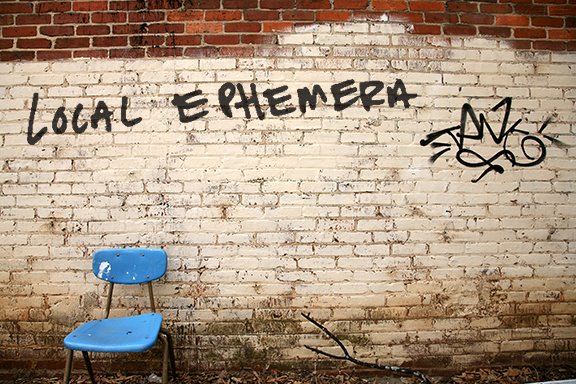The Derek Eller Gallery in New York asked artist Keith Mayerson to curate a group show for the month of August. He took the challenge one step further, and wrote a manifesto to go along with the show, "NeoIntegrity". The salon style show of nearly 200 artists comes down this week and it sounds like an experience I regret missing. I found the manifesto and show images on James Wagner's blog and due to my own enthusiasm for making lists and futile attempts at defining art I could not resist posting it as well:
1. Art should be reflective of the artist who made it, and the culture in which it is produced.
2. Art is aesthetic, and whether ugly, beautiful, or sublime, it should be interesting to look at and/or think about.
3. Art is not necessarily commodity, and commodity is not the reason to produce or appreciate art.
4. Art is about ideas, the progression of ideas, the agency of the artist to have ideas, the communication by the artist to the world of their ideas because agency and ideas are important and what art is.
5. Art communicates via its own internal language, and by the language the viewer brings to a work of art. But this language is not entirely textually based, and being an aesthetic object (or image[s], idea[s], comic, or happening[s]), the work communicates in such a way to be transcendent beyond language, and traditional constructs of textually based ideology. Therefore the work of art remains a deep communication between artist and viewer, and withholds the possibility of the sublime.
6. Art is rather than tells, it is about itself; it shows itself to be about what it is rather than being an illustration of what it isn't.
7. Art is important because it reminds us that we are human, and ultimately, that is its function.
8. Art can be, and should be sublime, in that it is able to produce images directly from the mind and imagination of the artist, producing tangible realities from the fertile imaginings of the conscious and unconscious of the artist, triggering responses from the same in the viewer via form and light and color, that transcends language and received ways of looking at things, that, while ideological, comes closest to directly communicating from one animal to another in the most broad, base, but considered aesthetic language possible.
9. Art should be alive, have a life of its own, transgress intended meaning or hand or wit of the artist in that it arranges, via form, light, color, and space, other worlds that are optical and transmit cognitive reactions in the mind of the viewer that cause an ineffable schism between belief and reality that cause the work as to appear to be breathing life.
10. Art can indeed be windows onto other worlds, windows into the soul, able to capture dream space/time unlike any other medium because they are produced by the mind, gesture, hand and intellect of the artist, who consciously or unconsciously cannot hope to ultimately control the meaning, interpretation, or event described by the hand and mind of the unconscious.
11. Art should be experienced: a good work of art cannot be successfully reproduced or explained, indeed, that is ultimately the only reason art is important in the age of corporate commodity culture: it has an aura that cannot be contained-it is a result of a peculiar man-made alchemy that comes closest to recreating the soul.
The New York Times reviewed the show and had this to say:
"The same can be said for “NeoIntegrity,” beginning with its title. Mr. Mayerson explains in a gallery news release that when he was given the go-ahead for the group show, he decided to take the opportunity to start an art movement. He even wrote a position paper for it, “The NeoIntegrity Manifesto.”
On the one hand the whole business is send-up, a joke. Movements are a thing of the past, when there was one kind of art and another kind, and that was it. Now there’s so much of so many things that nothing can or needs to be defined. Mr. Mayerson has always been very pro-muchness as an artist, thinker and curator. He embraces it, which is what makes his work feel generous, makes wherever he takes it feel right.
Some would say that integrity as a moral quality is also a thing of the past, with the art world swimming in money, pumping out product, ignoring conflicts of interest and so on. Mr. Mayerson’s response is not to scold but to ask, “What to do?” Hence the manifesto, an 11-point declaration that defines art as a humanist endeavor. But each definition comes with a modifying, even contradictory statement. Art should reflect the artist; art should reflect the culture. Art should not be a commodity; but if it is, that’s O.K."
The review also touches on the fact that shows curated by artists tend to take a unique approach and offer a different perspective on art than found in shows created by gallery owners and curators. I think that is what makes this show so interesting, Mayerson is not focusing on one abstract idea, issue, or word to bring cohesion to the show - instead he is examining art on a much broader scale, rehashing his own experiences and trying to piece together an understanding of the ever expanding, movement-less, trajectory that is contemporary art. What it amounts to offers no answers but, despite not having seen the show, I get the impression the show is a visual candy land for other artists to enjoy, giving a permission and dose of fuel to stoke the push beyond it.
More pictures and throughts at Escape to New York
Subscribe to:
Post Comments (Atom)

No comments:
Post a Comment